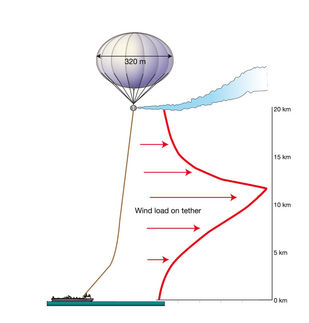Value creation chain titanium dioxide: Ceresana analyzes the global market
Advertisement
In this new study, the market research institute and consulting company Ceresana completely analyzes the global market for titanium dioxide (TiO2) along the entire value creation chain: starting with the raw materials ilmenite, leucoxene and rutile to processed products such as titanium slag and synthetic rutile as well as individual application areas that use TiO2. Market analysts expect the global titanium dioxide market to experience dynamic growth and to reach a volume of about 7.5 million tonnes.
Large regional differences
Supply of these raw materials is dominated by, for example, Australia, Canada and South Africa. Major consumers are the producers of pigments located in Asia-Pacific, North America and Western Europe. There are also differences in which application areas use which base products. Asia-Pacific mainly processes ilmenite, whereas North America and Western Europe utilize titanium slag that is of a higher quality and more expensive than ilmenite. "Major sales market for titanium dioxide in the forms of ilmenite, rutile and titanium slag is Asia-Pacific that accounts for approx. 40% of total global demand", explains Oliver Kutsch, CEO of Ceresana. North America ranks second, followed by Western Europe. In the past, developing countries in Asia-Pacific have already been able to profit from the dynamic development of important sales markets.
Numerous applications possible
Given the importance the sale of pigments has for total TiO2 sales volume, the major application areas are paints and varnishes as well as paper and plastics. About 80% of the world's TiO2 consumption is processed in these application areas. Other pigment applications like printing inks, fibers, rubber, cosmetic products and foodstuffs account for another 8% of total market shares. Almost 12% of global TiO2 supply is used in other applications, such as the production of technical pure titanium, glass and glass ceramics, electrical ceramics, catalysts, electric conductors and chemical intermediates.
Discrepancy between supply and demand
Revenues generated with TiO2 feedstock increase more rapidly than demand volume. Between 2010 and 2012, average price for raw materials rose by almost 250%. After moderate increases of prices until the end of 2013, we forecast prices to fall in the following years. Major factor will be the rising supply of raw materials for titanium dioxide. As new capacities of ilmenite, rutile and titanium slag are likely to be created in the upcoming years, the tense demand-supply situation will relax.
Most read news
Other news from the department business & finance

Get the chemical industry in your inbox
By submitting this form you agree that LUMITOS AG will send you the newsletter(s) selected above by email. Your data will not be passed on to third parties. Your data will be stored and processed in accordance with our data protection regulations. LUMITOS may contact you by email for the purpose of advertising or market and opinion surveys. You can revoke your consent at any time without giving reasons to LUMITOS AG, Ernst-Augustin-Str. 2, 12489 Berlin, Germany or by e-mail at revoke@lumitos.com with effect for the future. In addition, each email contains a link to unsubscribe from the corresponding newsletter.





























































